
The Ultimate Animal Nutrition Handbook: How to Choose the Best Diet for Your Pet
As pet owners, we know that love starts with the food. Nutrition is the cornerstone of your pet's health, energy, and longevity. But with so many choices (kibble, wet food, BARF, grain-free, etc.), how can you navigate the food and ensure you're giving your dog or cat the best?
This comprehensive guide, designed by HomeoAnimo, deconstructs myths, presents the fundamentals and gives you the tools to decipher labels and make the most informed decision for the health and well-being of your animal.
Summary
- The Fundamentals of Animal Nutrition
- Specific Needs: Dog vs. Cat
- Different Types of Food: Advantages and Disadvantages
- Specific Feeding Options: The Homemade Ration
- Deciphering the Label: The Real Guide to Quality
- Practical Tips for a Successful Food Transition
- Frequently Asked Questions (FAQ)
- Conclusion: One Food, One Commitment
- External Sources
1. The Fundamentals of Animal Nutrition

Regardless of the diet chosen, a healthy diet should provide all six essential nutrient categories: protein, lipids (fats), carbohydrates, vitamins, minerals, and water.
The 6 essential nutrients:
- Protein: Composed of amino acids, they are crucial for muscle building, enzymes, hormones, and the immune system. The source (animal or plant) is important, especially for cats.
- Lipids (Fats): Provide a concentrated source of energy and are essential for the absorption of fat-soluble vitamins (A, D, E, K) and for skin and coat health (omega-3 and omega-6 fatty acids).
- Carbohydrates: A source of energy for dogs (which are omnivores) and fiber (important for digestion). Their quantity should be moderate, especially for cats.
- Vitamins and Minerals: Necessary in small amounts, they play vital roles (e.g., calcium and phosphorus for bones, taurine for the heart of cats).
- Water: The most vital nutrient. Make sure your pet always has access to fresh, clean water.
Reference Standards: AAFCO and FEDIAF
To ensure a complete and balanced nutritional profile, quality food manufacturers follow strict guidelines. The two main ones are:
- AAFCO [1] (Association of American Feed Control Officials): North American organization that establishes the minimum nutritional profiles required for dogs and cats at different life stages (growth, adult maintenance, gestation/lactation).
- FEDIAF (European Federation of the Pet Food Industry): The European equivalent of AAFCO, with similar guidelines for complete and balanced nutrition.
Tip: Look for the words "complete and balanced food, meeting the nutritional profiles established by AAFCO/FEDIAF" on the packaging.
2. Specific Needs: Dog vs. Cat
The Cat: A Strict Carnivore
The cat is a strict carnivore . Its metabolism is designed for a prey-based diet.
- High Protein Needs: It needs much more protein (and amino acids of animal origin) than the dog.
- Taurine: An essential amino acid that cats cannot synthesize in sufficient quantities. A deficiency can lead to heart problems (cardiomyopathy) and eye problems. Taurine is found only in animal tissues.
- Vitamins: Requires a source of preformed vitamin A and niacin (found in meat), as it cannot convert them from plant precursors.
The Dog: an Omnivore with Carnivorous Tendency
The dog, although descended from the wolf, is considered an omnivore . It can efficiently digest and utilize carbohydrates and plant proteins.
- Flexibility: Its digestive system is more adaptable than that of a cat. It can convert beta-carotene into vitamin A, for example.
- Energy: Quality carbohydrates (rice, sweet potato, certain cereals) are a perfectly suitable and digestible source of energy for dogs.
- Breeds and Age: Dogs have needs that vary greatly depending on breed (e.g., increased needs for large breed puppies) and age (reduced needs for seniors).
3. Different Types of Food: Advantages and Disadvantages
| Power Supply Type | Benefits | Potential Drawbacks |
|---|---|---|
| Kibble (Dry food) | Economical, practical, long-lasting. Helps with dental hygiene (depending on the shape). Often ensures a perfect nutritional balance. | Low water content (risk of dehydration, especially in cats). Digestibility sometimes limited (depending on quality). |
| Pate (Wet food) | Very appetizing. High water content (ideal for hydration and urinary health, especially for cats). | Higher cost, shorter shelf life after opening. Less good for dental hygiene (requires brushing). |
| Household Ration (HR) | Complete control over ingredients, high digestibility. Possibility to adapt the diet very precisely. | Risk of major nutritional imbalance if not formulated by a veterinary nutritionist. Time-consuming. Higher cost. |
| BARF (Biologically Appropriate Raw Food) / Raw diet | Very rich in raw meat, very appetizing. Close to the ancestral diet. | Very significant health risks [2] (bacteria such as Salmonella , E. coli , etc.) for animals and humans [3] . Risk of deficiencies/excesses (bones, minerals) if not balanced by an expert. Risk of dental fractures. |
| Bi-nutrition (Mix-feeding) | Combines the benefits of wet food with the ease of kibble. Improves palatability. | Requires recalculating total portions to avoid excess calories and weight gain. |
4. Specific Feeding Options: The Homemade Ration
⚠️ PLEASE NOTE: Homemade and BARF recipes must be formulated and validated by a veterinary nutritionist to ensure the perfect balance of minerals (calcium/phosphorus), vitamins (especially A, D, E) and trace elements. The examples below are basic and require supplementation with a specific Mineral-Vitamin Supplement (MVS).
Basic Recipe for an Adult Dog (Cooked Homemade Ration)
This recipe uses cooked ingredients to eliminate bacterial risk while still providing fresh, quality ingredients. Feeding amounts should be adjusted based on your dog's weight, activity level, and age.
- Protein Source (50%): 100g of cooked chicken, beef or lean fish.
- Source of Carbohydrates (25%): 50g of white rice or well-cooked sweet potatoes (for good digestibility).
- Source of Vegetables (20%): 40g of steamed zucchini, green beans or carrots (no salt, no seasoning).
- Source of Lipids (5%): 1 teaspoon of vegetable oil (rapeseed or olive) or fish oil (for Omega-3).
- Supplementation: The Mineral-Vitamin Supplement (MVS) prescribed by your veterinarian.
Basic Recipe for an Adult Cat (Cooked Homemade Ration)
Being a strict carnivore, the meat portion in this recipe is much larger and the carbohydrates are very limited, if not absent.
- Source of Protein (80-90%): 150g of cooked meat (chicken or fish, ideally with offal such as heart).
- Source of Fat: Small amount of animal fat or fish oil (for energy and Omega-3).
- Source of Fiber: A few grams of brewer's yeast or zucchini puree.
- Hydration: Add warm water or unsalted cooking broth.
- Supplementation: CMV prescribed by your veterinarian, including taurine .
5. Deciphering the Label: The True Quality Guide
The List of Ingredients
The quality of a food can be seen in the first ingredients, listed in decreasing order of weight before cooking.
- Quality Proteins: Look for protein sources that are clearly identified at the top of the list (e.g., “fresh chicken,” “chicken meal,” “salmon”). For cats, animal protein sources should dominate.
- By-Products: Contrary to popular belief, “animal by-products” are not necessarily bad. They often include nutritious organs (liver, heart, kidneys) that are excellent sources of vitamins and minerals [4] . However, avoid vague lists like “meat and animal by-products.”
- Grains and Legumes: Their presence is not a problem in itself, as long as they are not the first ingredient and are of good quality (e.g., well-cooked rice or corn). Grain-free diets are often rich in potatoes or peas, whose nutritional value and digestibility are not always superior.
The Guaranteed Analytical Rate
This is the most objective information. It presents the percentages of nutrients after cooking (on dry matter).
- Crude Protein: Should be as high as possible, especially for cats (minimum 30-35%). For dogs, balance is more important.
- Crude Fat: Essential for energy. A rate around 10-20% is common depending on the type of product.
- Crude Ash: Represents the mineral content (calcium, phosphorus, etc.). Too high a level (often above 8-10%) may indicate excess bone or unnecessary minerals.
- Crude Fiber: Important for regulating intestinal transit (typically between 1% and 5%).
6. Practical Tips for a Successful Food Transition
- Do it Gradually: Transitioning too quickly can cause digestive upset. Mix the old and new food over a period of 7 to 10 days, gradually increasing the proportion of the new food.
- Days 1-2: 75% old / 25% new
- Days 3-4: 50% old / 50% new
- Days 5-6: 25% old / 75% new
- Day 7 and beyond: 100% new
- Observe: Monitor general condition, energy level, coat condition, and especially stools. Firm, regular stools are an excellent indicator.
- Hydration: Always provide fresh water. For cats, using a water fountain can encourage them to drink more.
- Meal Frequency: Most adult dogs thrive on two meals a day. Cats (small prey hunters) often prefer several small meals. Allow them to self-feed if their weight allows, or use interactive bowls.
- Consult a Pro: Never hesitate to seek advice from your veterinarian or a veterinary nutritionist, especially in cases of illness or special needs.
Frequently Asked Questions (FAQ)
Q1: Are grain-free foods really better?
A: Not necessarily. The term "grain-free" is often a marketing ploy. Good-quality grains (rice, oats) are sources of nutrients and digestible fiber. Grain-free formulas often replace them with other carbohydrates (potatoes, peas) that are not necessarily superior in nutritional value. What matters is the digestibility and overall balance of the formula.
Q2: How do I know if my pet is overweight?
A: There is a simple tool: the Body Condition Score (BCS). Ideally, you should be able to feel your pet's ribs without having to press hard, and from the side, you should see a dip (or "wasp waist") after the ribs. Being overweight is a risk factor for many diseases (diabetes, joint problems).
Q3: Are table scraps acceptable?
A: No, definitely avoid. Not only can table scraps lead to a nutritional imbalance, but some human foods are toxic to animals (chocolate, onions, garlic, avocados, xylitol, grapes, etc.). Human fats and seasonings can also cause serious digestive problems such as pancreatitis.
Q4: My cat is a small drinker. What can I do?
A: This is common in cats. Switching to a wet (pâté) diet will increase their water intake. You can also try a water fountain or place several water bowls around the house, away from food and the litter box.
Conclusion
Choosing the best food for your pet is an act of love and responsibility. There is no single answer; the best food is one that is complete, balanced, appropriate for your pet's species, age, and health , and that your pet enjoys.
By carefully reading the labels and following the advice of your animal health professional, you are now equipped to make the choice that will guarantee your faithful companion a long, healthy and energetic life!
If you're concerned that your pet may be suffering from a health issue, our Free Pet Health Recommendation can help. In addition to receiving advice and recommendations from our Natural Health Advisors, they'll also guide you through the products and treatment options that best suit your pet's health needs.
External Sources
- AAFCO (Association of American Feed Control Officials). Visit the official AAFCO website .
- Canadian Veterinary Medical Association (CVMA). Position Statement on Raw Food Diets for Pets .
- Public Health Agency of Canada (PHAC). Pet Food and Treats - Bacterial Risks and Hygiene Tips .
- FEDIAF (European Pet Food Industry Federation). Nutritional Guidelines for Cat and Dog Food .





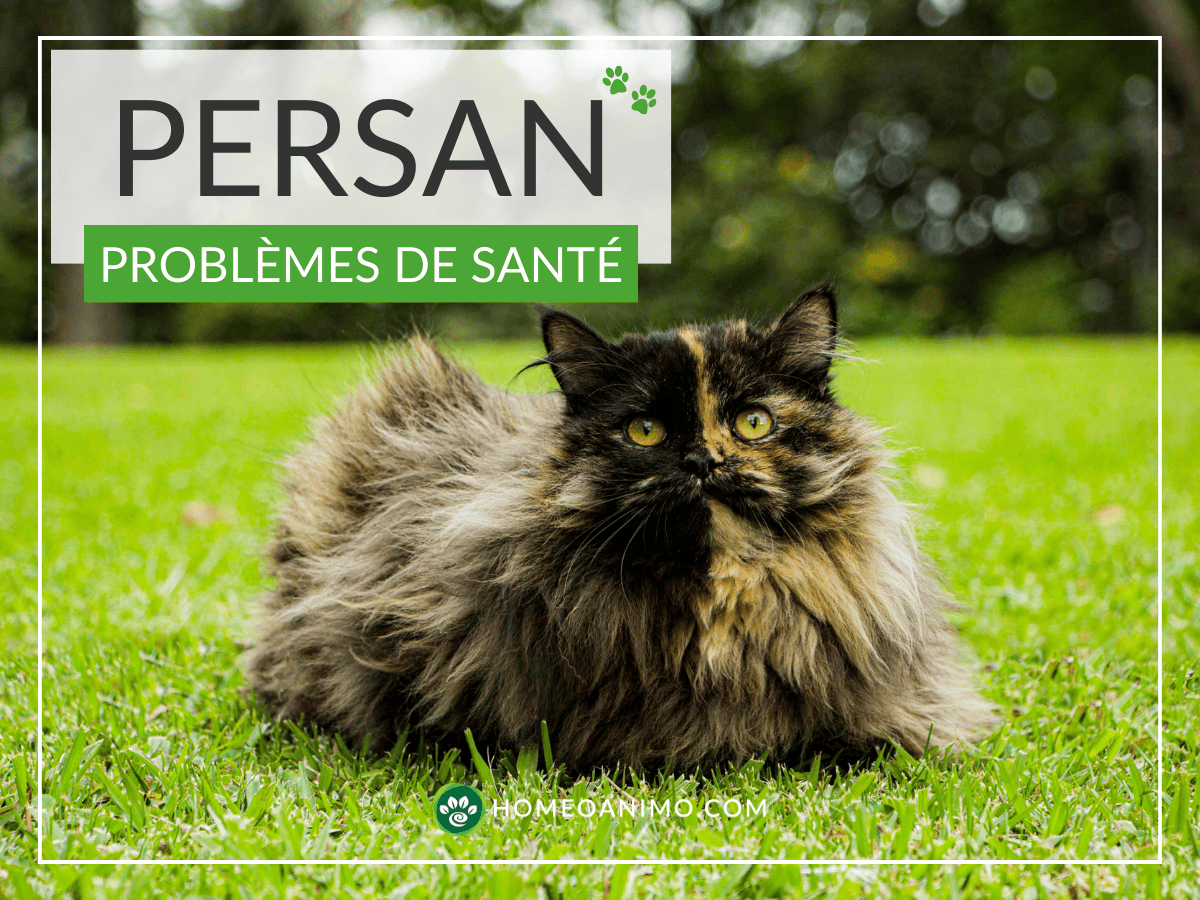
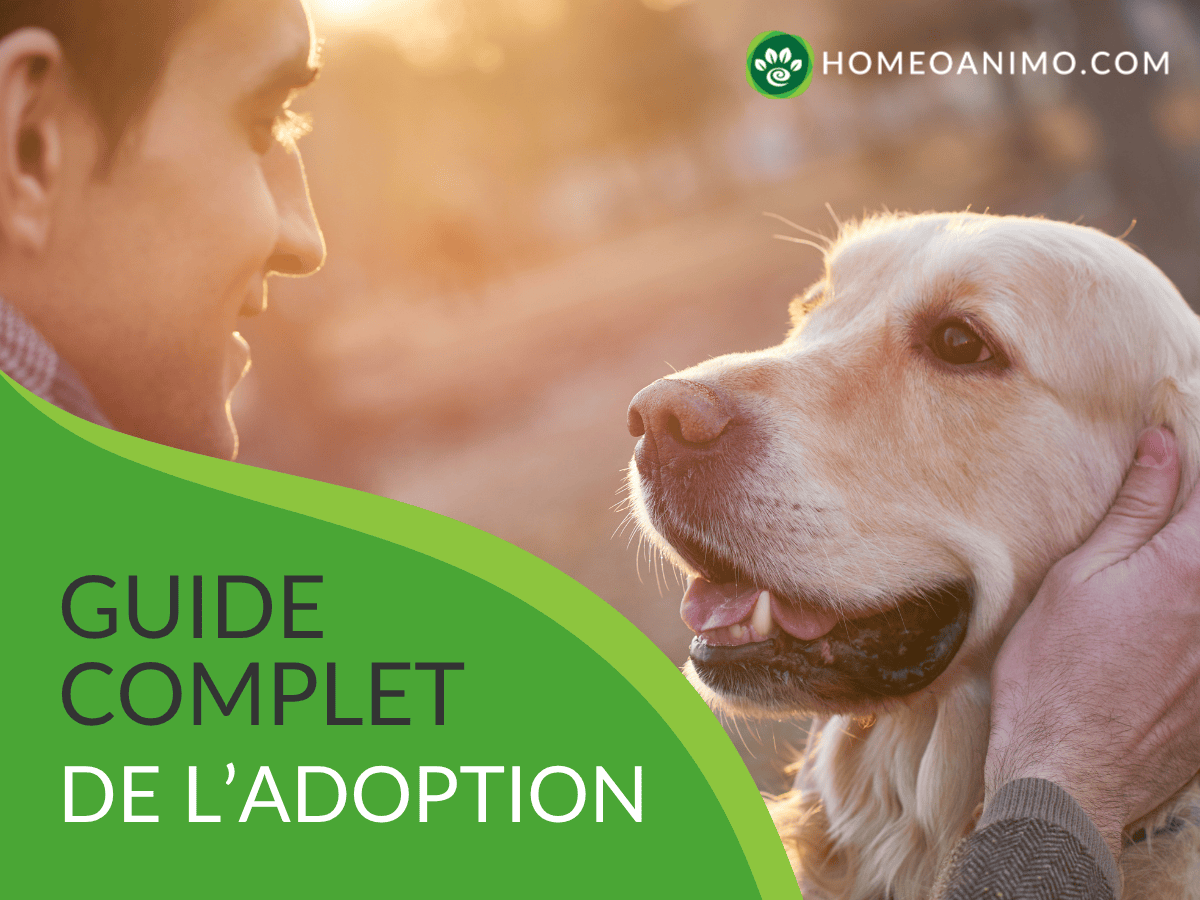
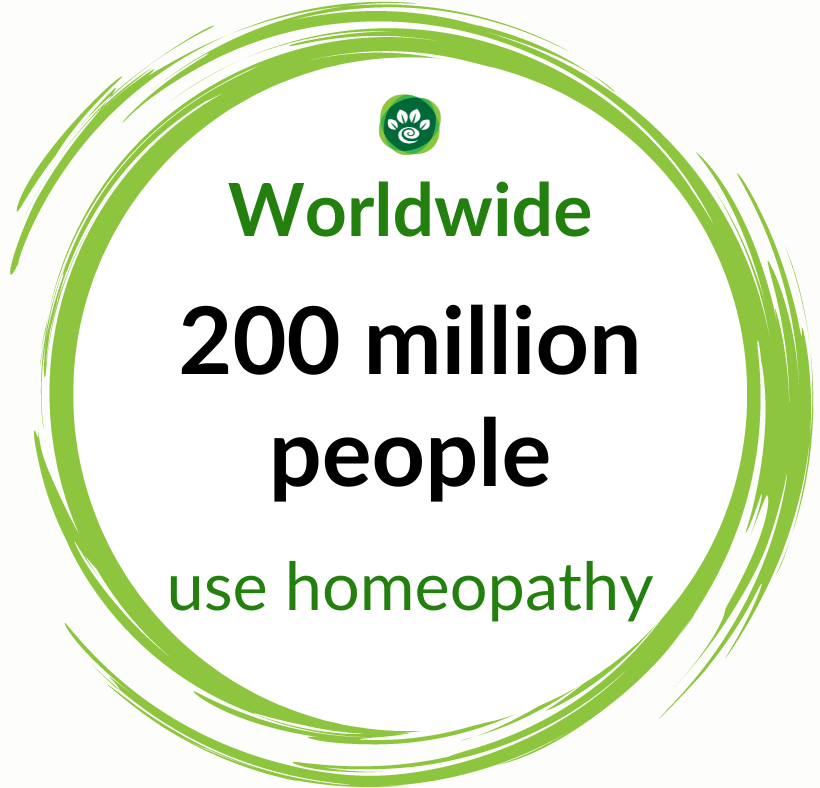
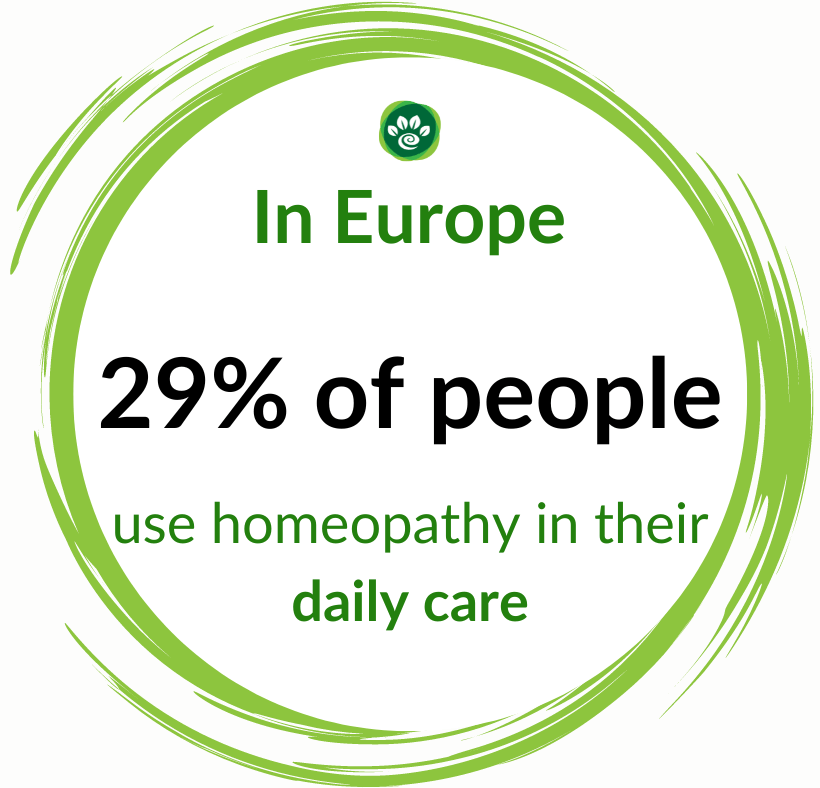

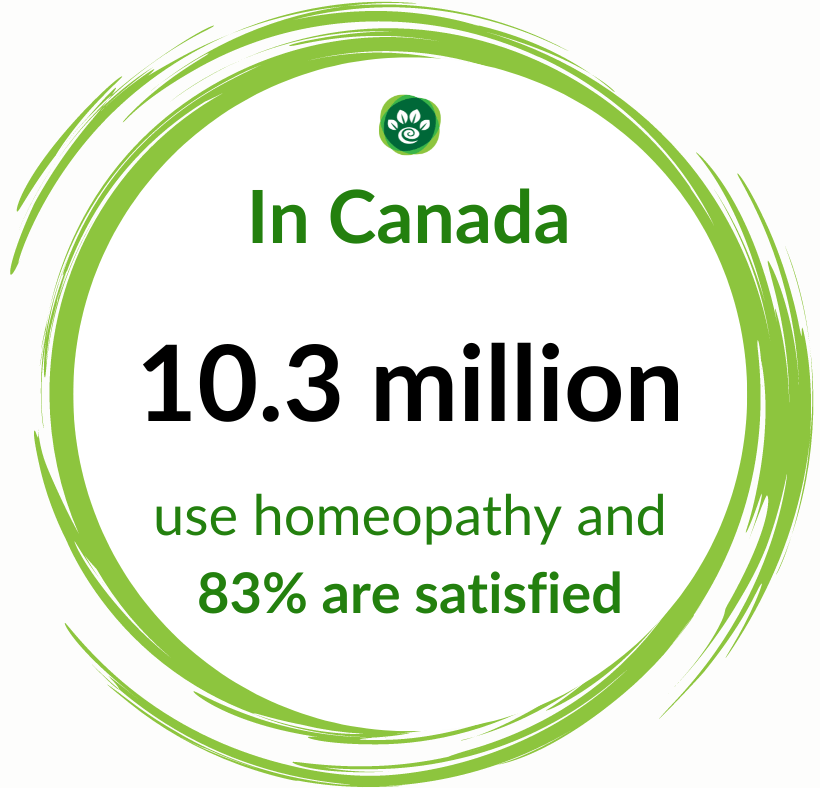
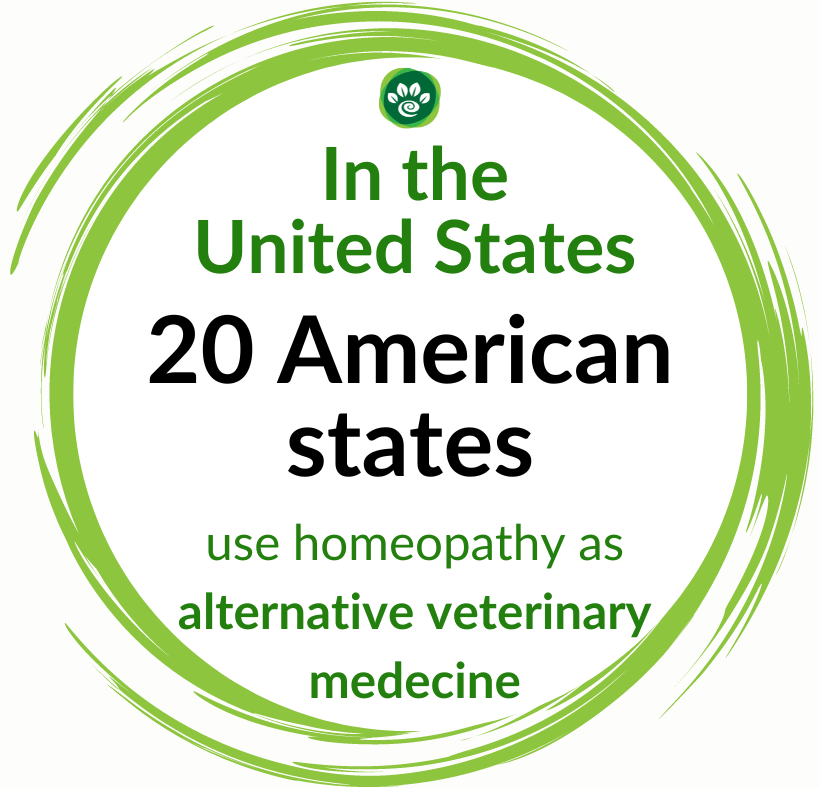














2 comments
Bonjour M. Tortiller, Nous sommes désolés pour votre chère chatte. Nous allons vous envoyer sous peu un email pour aider avec cette situation. À bientôt !
Homeoanimo
Bonjour, ma minette a subit une ablation d’un rein, depuis 8 jours, mais elle ne mange toujours pas!? Elle reste blottit, boit simplement…
Tortiller
Leave a comment
This site is protected by hCaptcha and the hCaptcha Privacy Policy and Terms of Service apply.